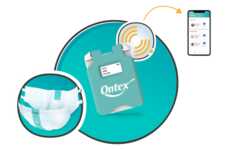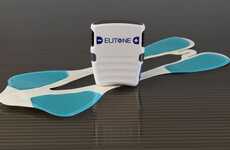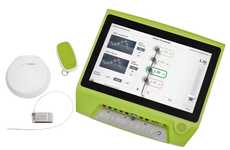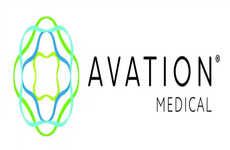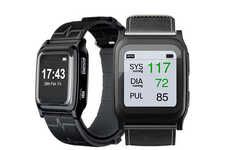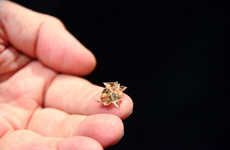
'Brightly' is a Wearable Device for Those Suffering from Incontinence
Katherine Pendrill — June 13, 2015 — Tech
According to the CDC, more than half of Americans over the age of 65 are suffering from incontinence, yet there are few options available for managing the condition. 'Brightly' is a new form of wearable technology that is intended to serve as a practical alternative to adult diapers or incontinence surgery.
Brightly is a belt-like device that is embedded with non-invasive biosensors that can monitor the expansion and contraction of the bladder. Because the bladder is essentially a large balloon of conductive tissue, it is one of the easiest organs for technology to monitor externally. As the bladder expands, Brightly uses Bluetooth technology to send a discrete signal to the wearer's smartphone to let them know when it is time to relieve themselves.
While the technology is not the most glamorous product on the market, the wearable device is crucial for giving a sense of dignity and independence back to those suffering from incontinence.
Brightly is a belt-like device that is embedded with non-invasive biosensors that can monitor the expansion and contraction of the bladder. Because the bladder is essentially a large balloon of conductive tissue, it is one of the easiest organs for technology to monitor externally. As the bladder expands, Brightly uses Bluetooth technology to send a discrete signal to the wearer's smartphone to let them know when it is time to relieve themselves.
While the technology is not the most glamorous product on the market, the wearable device is crucial for giving a sense of dignity and independence back to those suffering from incontinence.
Trend Themes
1. Wearable Health-tech Devices - With the rise of digital health records and internet-of-things enabled medical wearable technology, there is an opportunity for disruptive innovation in health-tech devices.
2. Remote Patient Monitoring - The rise of remote patient monitoring technology provides an opportunity to reduce healthcare costs while increasing patient engagement and satisfaction.
3. Non-invasive Biosensors - Non-invasive biosensors have the potential to revolutionize health monitoring by making medical tests simpler and less time-consuming.
Industry Implications
1. Medical Technology - A growing medical technology industry can leverage wearable devices integrating non-invasive biosensors to create innovative medical devices.
2. Senior Care - Non-invasive biosensors and wearables can be used as a tool in elderly care management to increase safety, comfort, and autonomy.
3. Healthcare Management - Digital health records and remote patient monitoring have the potential to streamline healthcare management and reduce costs.
4.5
Score
Popularity
Activity
Freshness



